Words Vidula KotianDate 01 September 2023
It thrives not just in recipes passed down from generation to generation and through bold forays into nouvelle cuisine, but also in the wines from those regions where the terroir is distinctive. It is on a quest for the new and the worthy that we find new regions—Italy’s Northwestern coast and the Greek isle of Tinos come to the fore, just as old favorites, such as Burgundy, stand their ground. The following hotels take you on a journey where their terroirs unfold, flourish, and express themselves through their wines.
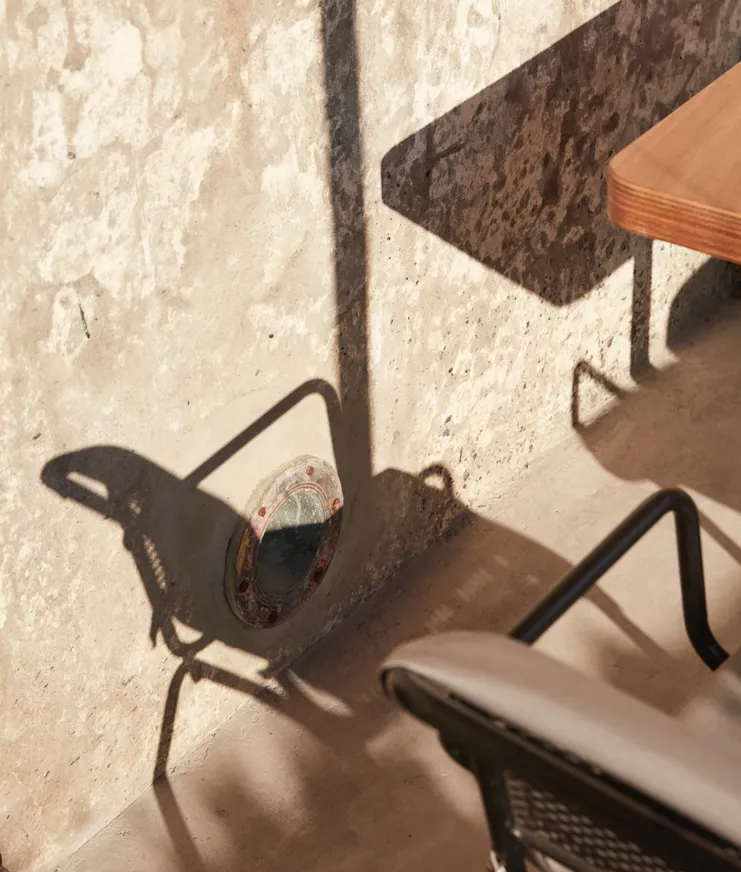
History, nature, wine All come together at Dexamenes Seaside Hotel
Local grape varieties Grown along the edges of the hotel garden
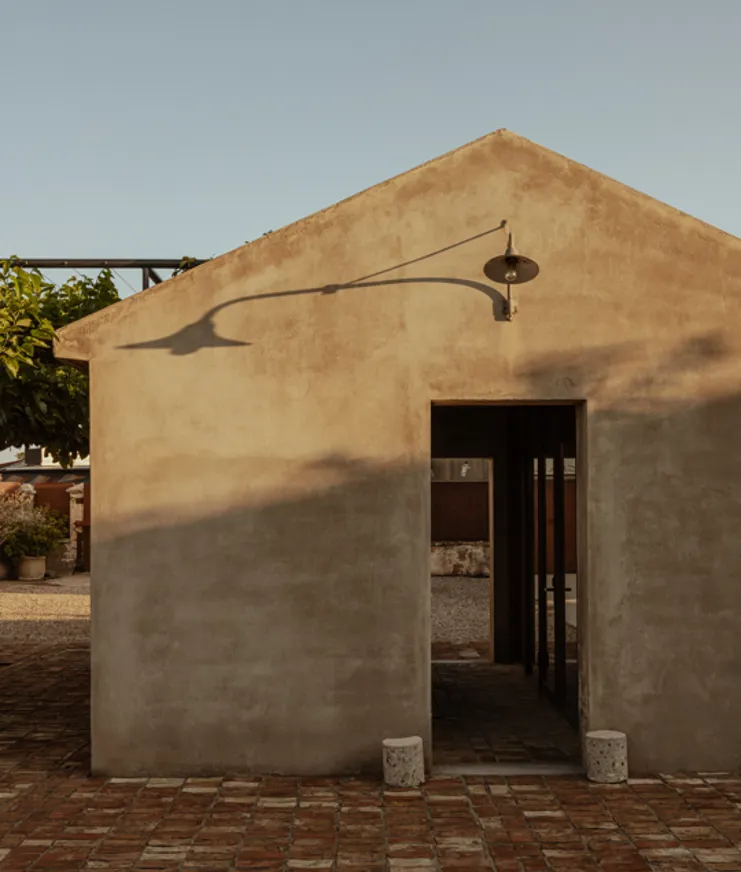
Cement A reliable and affordable choice for large wine storage
Peloponnese, Greece
The Peloponnese wine region is located on a peninsula in southern Greece with a terroir that varies thanks to a mild and hot coastline and a cool interior. These conditions lead to a balance of flavor and acidity in ripe grapes. The Peloponnesian wines, which include fresh and mineral whites to full-bodied reds, combine indigenous varieties such as Moschofilero, Agiorgitiko, and Mavrodaphne with traditional grapes in original blends.
Dexamenes Seaside Hotel, built within an abandoned Greek wine factory on the Peloponnese coast, gives you the uncommon opportunity to sleep in smartly reworked wine tanks from the 1920s set directly on the beach. Harking back to its past, the hotel has an extensive list of organic and biodynamic wines from the region as well as regular curated events involving contemporary Greek art and tastings in the magical setting of wine tank silos.

Microclimate Taste Dexamenes' terroir in the wines made from grapes from its garden
Liguria, Italy
Known as the Italian Riviera, Liguria is a thin, beautiful strip of rugged land, with its Mediterranean climate and poor, stony soils dominated by hills with sheer drops that almost fall straight into the sea. These steep elevations make vine growing a challenge here and most wines from the region are from small, artisanal producers.
At Hotel Windsor’s restaurant, the meals are accompanied by the offerings of a highly curated and original wine cellar. A highlight here is the tasting menu, a sensuous feast that pairs the region’s crisp white wines—whose minerality is the result of the soil’s high limestone content—with inventive dishes made from fresh seasonal produce, all set against the sparkling Mediterranean Sea.
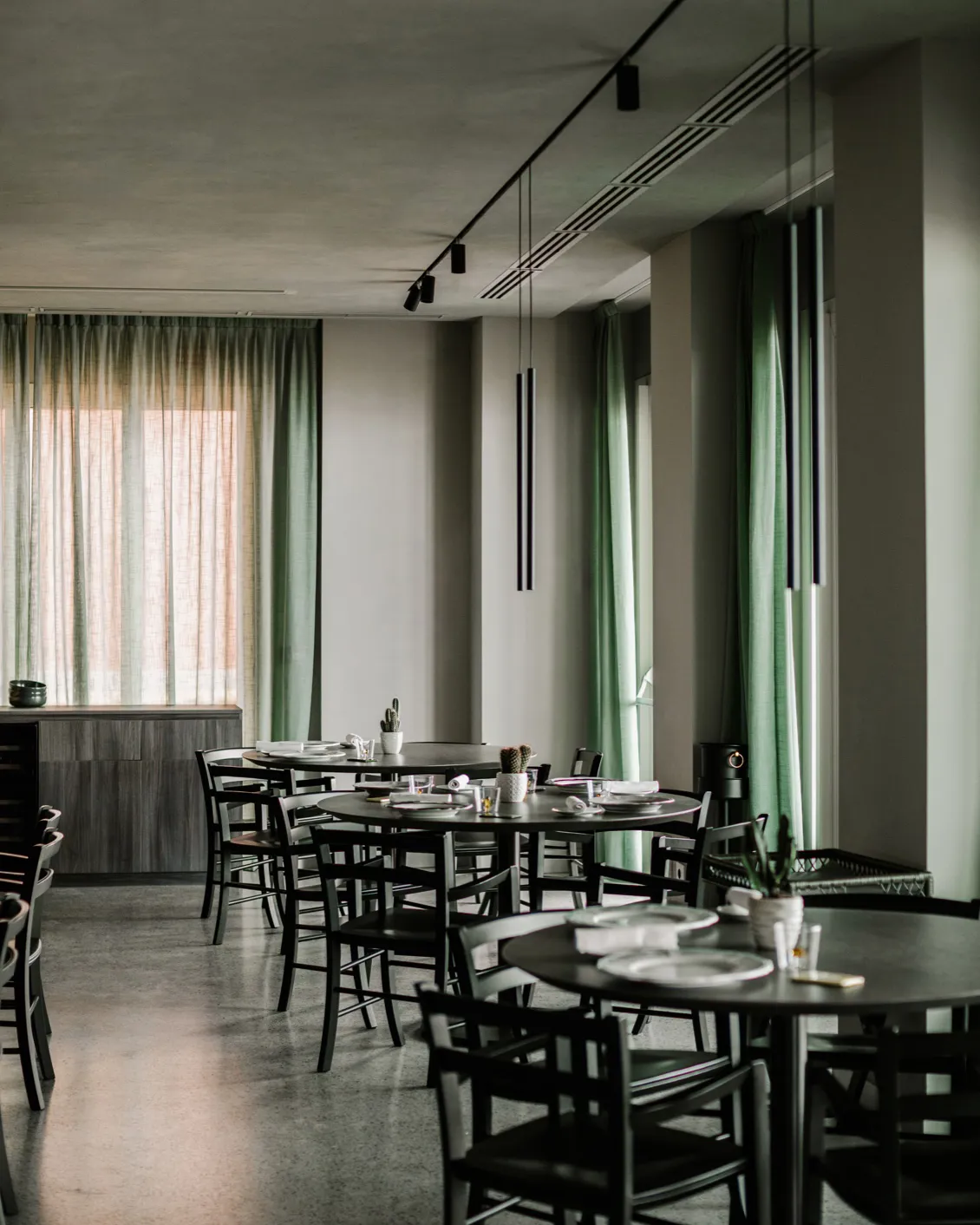
Hotel Windsor's restaurant The breezy space reflects the colors of the sea just outside
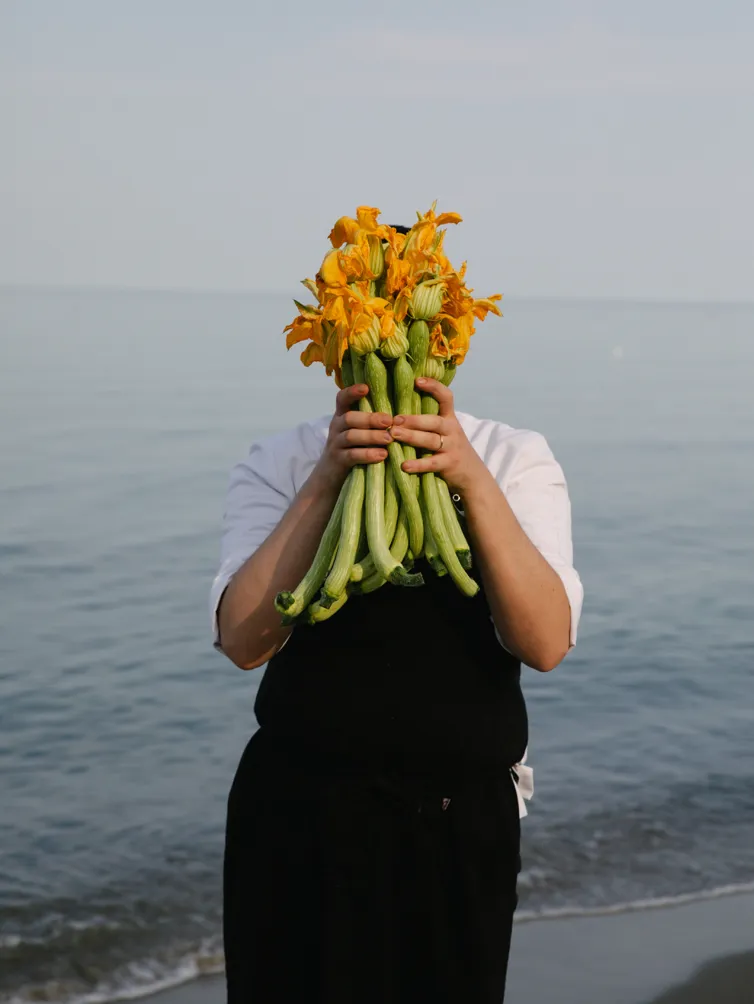
Proudly local The spoils of summer in Liguria
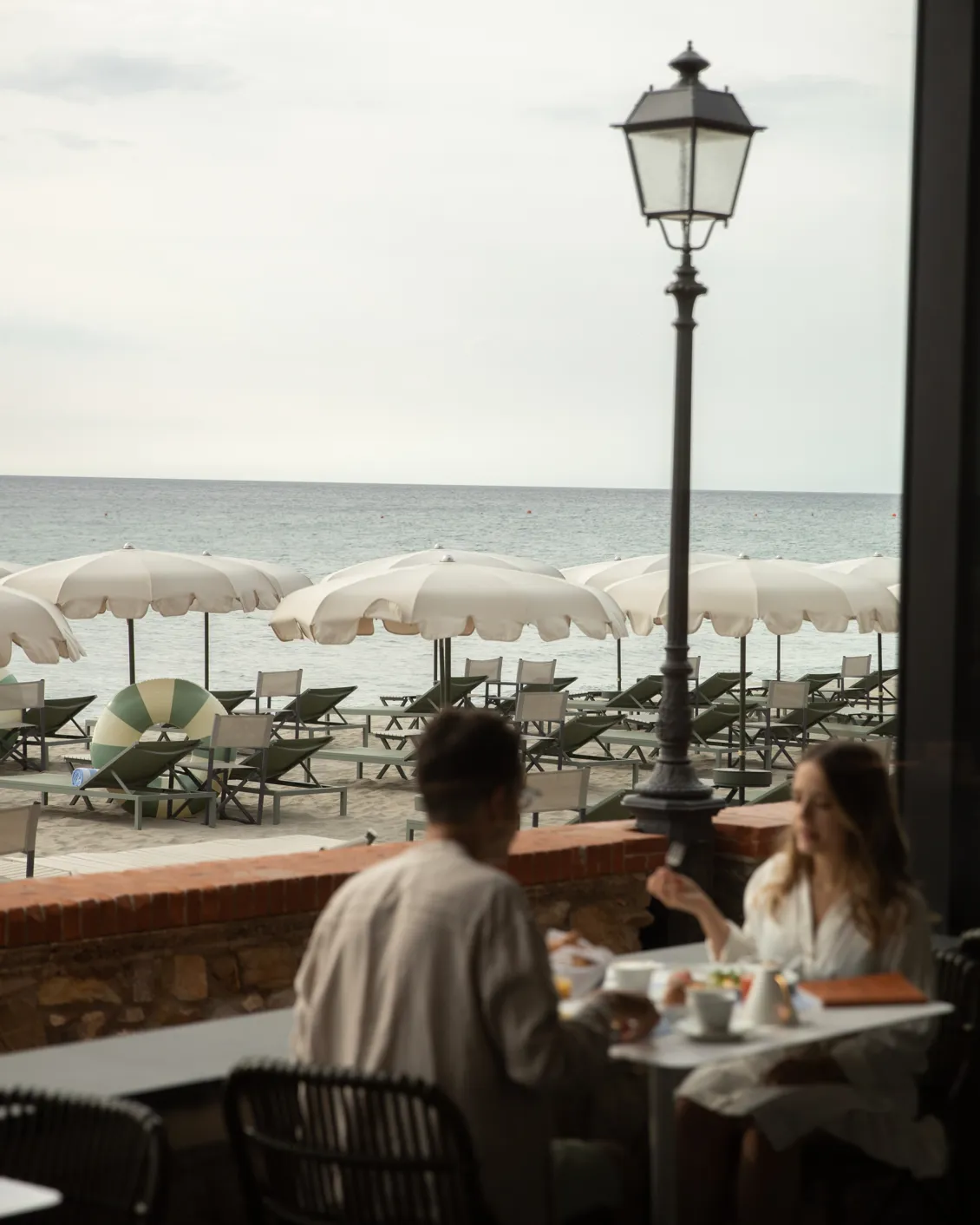
Fine dining with a view Windsor's Savō restaurant overlooking its private beach

Beautifully renovated Hotel Windsor's building
Alentejo, Portugal
Alentejo is a well-known, highly respected wine region in eastern Portugal. The region’s gently undulating topography, protected from the cooling effects of the Atlantic, lends itself to the production of rich red wines. Alentejo has been a key center of Portugal’s wine renaissance over the past few decades, led by small independent stakeholders.
In the heart of the wine region, in Monforte, Torre de Palma Wine Hotel boasts its own winery with an extensive vineyard area, a room filled with barrels, a tasting room, and numerous leisure and cultural activities organized around Alentejo wines. Thanks to the site climate of the Serra de São Mamede to one side and a natural growing method crafted by the award-winning winemaker Duarte de Deus, the hotel’s unique artisanal wines produced here are in harmony with nature.
Ana Isabel Rebelo, Original behind Torre de Palma Wine Hotel
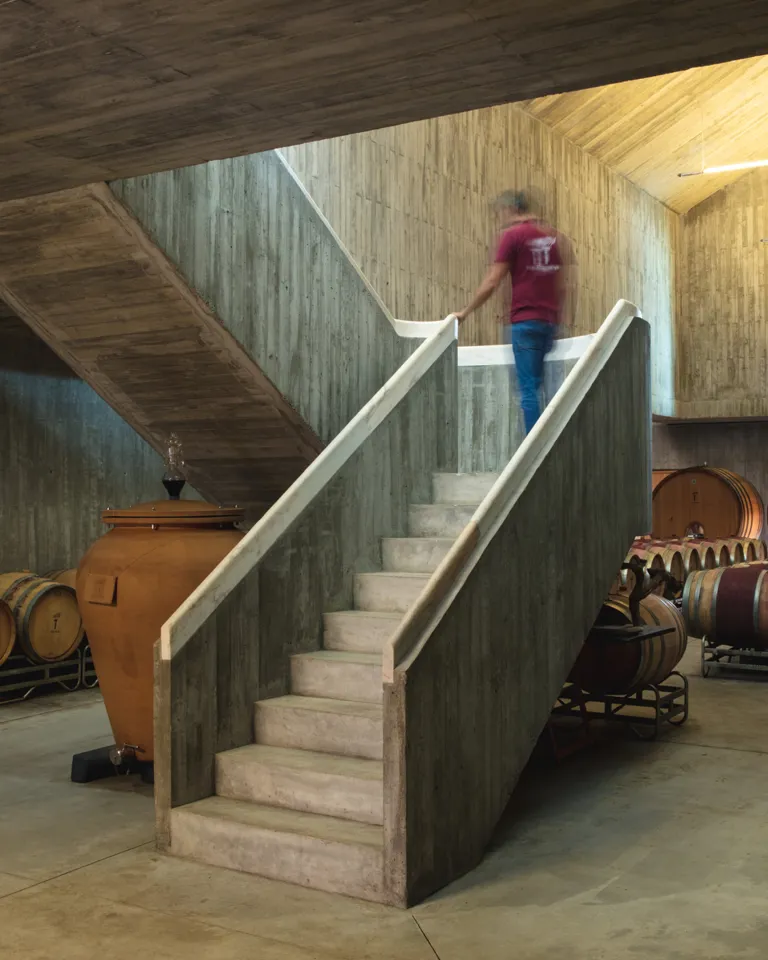
Wine to table Torre de Palma serves its award-winning wines at its restaurant
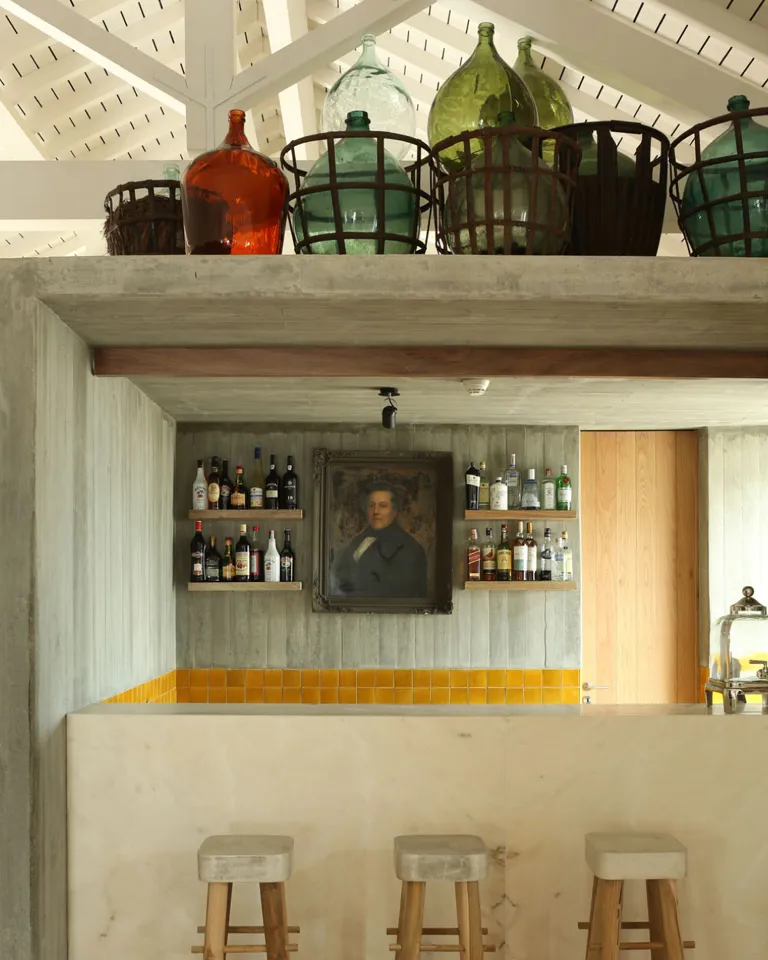
Cortejo de Baco bar Choose between an extensive wine list or cocktails
Tarragona, Spain
With its terraced vineyards, slate soils, and big reds boasting good acidity and a mineral line, Priorat, in the hills southwest of Barcelona, is one of Spain’s greatest regions for reds. The small Catalonian wine region has shot to fame in the past few decades thanks to its intense, full-bodied offerings. The classic Priorat wine is made from old-vine Garnacha and Samso/Cariñena, and has concentrated aromas of licorice, tar, and brandied cherries.
Located in the 18-century abbey of Torroja del Priorat, ORA Hotel Priorat takes its setting in the heart of the Priorat wine region seriously. Not only does its cellar feature the prestigious D.O.Q. Priorat wines, but the staff is also on hand to take you through the history and nuances of its wonderful wines. Choose from a tasting or wine pairing with dishes that show off the area’s diverse culinary traditions.
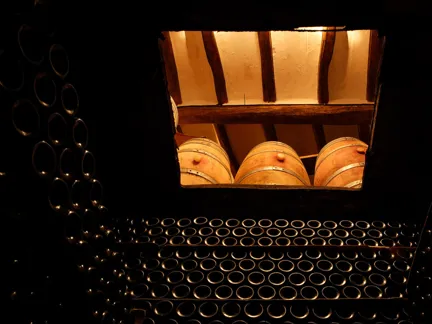
Wine cellar Try the D.O.Q. PRIORAT wines, which has gained merited International prestige
Puglia, Italy
Puglia is a long, thin wine region in the far south-eastern corner of Italy’s “boot”. Once known for its flat, highly alcoholic blending wines, the area now has an opportunity to seduce the wine world with concentrated, inky reds that rival the best from Australia and South America. The most full-blooded Puglian grapes are Negroamaro and Primitivo, while Verdeca is the only salient example among the whites in this hot, red-dominated region.
Housed in a 19th-century manor, Palazzo Daniele is the perfect place to discover all the natural wines Salento has to offer. The tasting, which is accompanied by Apulian delights, is aimed at helping you appreciate the land, bringing you into the local community, and teaching you the cultural importance of natural wines and their importance in the area.

Outdoor dining Savor every bite of the region's culinary wonders
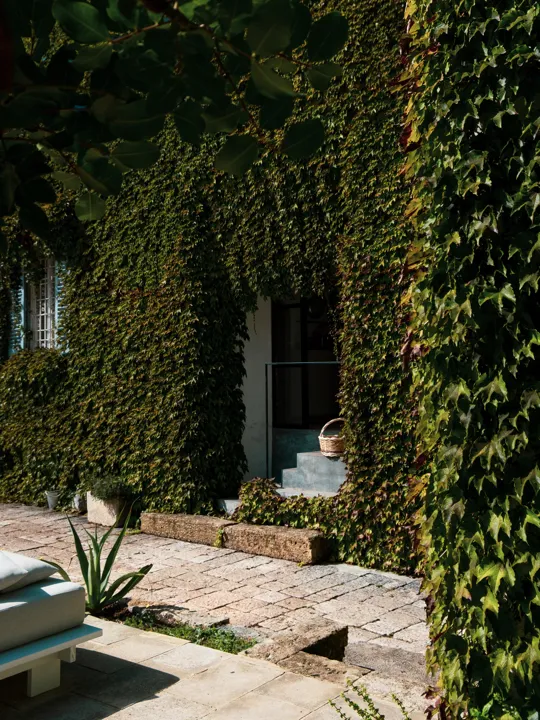
Poolside A tranquil time at Palazzo Daniele
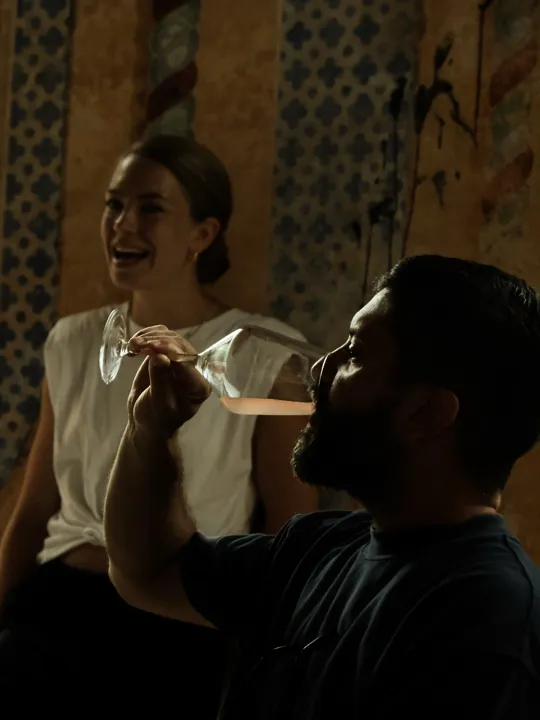
Puglian natural wines Different labels are served
Tinos, Greece
While Santorini, Xinomavro in Naoussa, and Agiorgitiko in Nemea might be well-known for their wines, other Greek indigenous varieties and terroirs are slowly coming to light. The windswept Greek isle of Tinos is known for its slow pace, peaceful beaches, foodie experiences, and wine scene—with organic vineyards scattered between vast boulders where vines grow in the seemingly inhospitable land thanks to the dedication of the island’s winemakers.
The three-villa Pnoēs Tinos is dedicated to showcasing Tinos’ incredible food and wine offerings and has collaborated with the new generation of winemakers at Vaptistis Winery to offer a complimentary bottle in the villas to whet your appetite. The hotel is only too happy to arrange tastings or point you to the world-class vineyards on this lesser-known island.
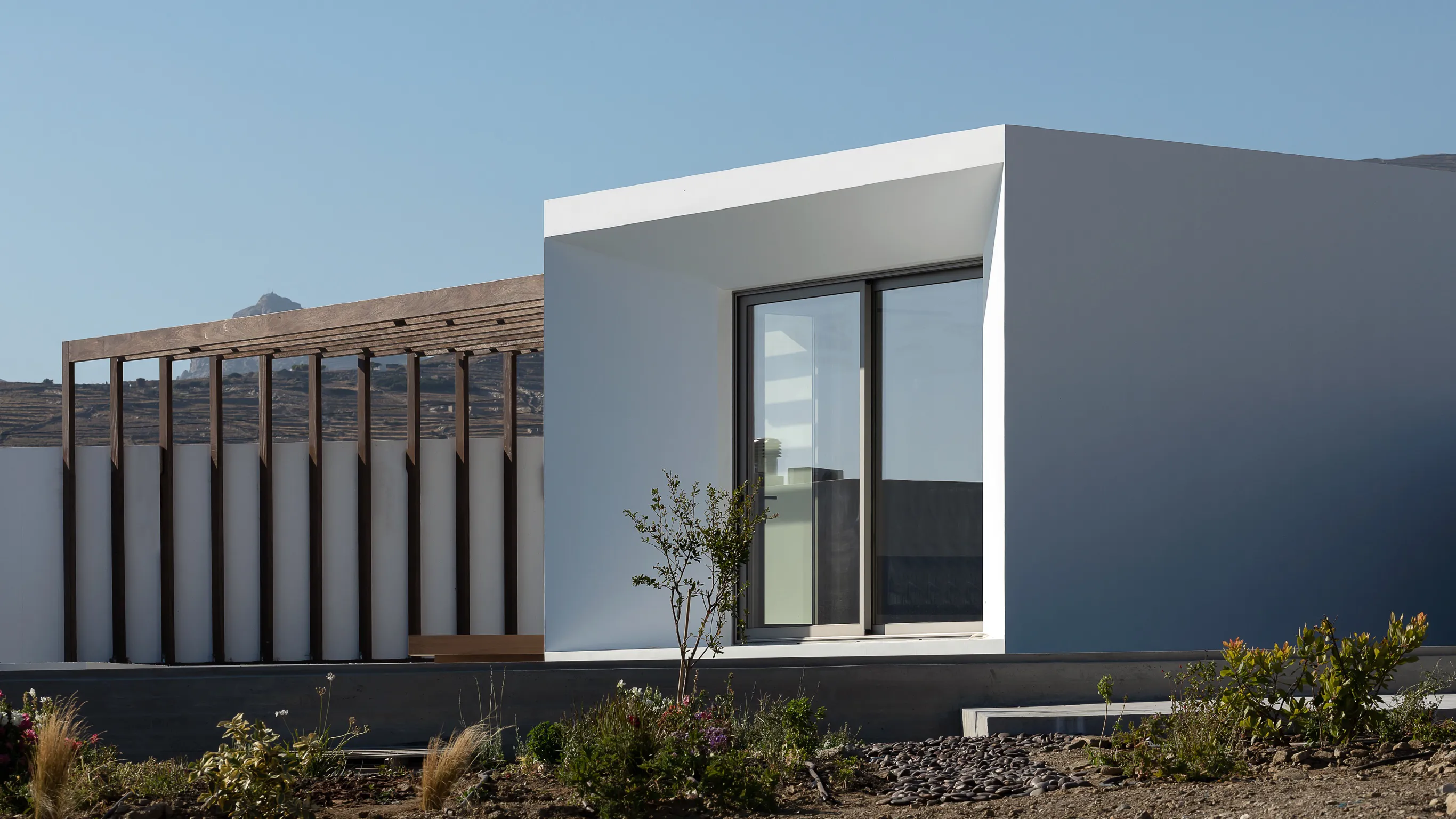
Pnoēs Tinos Earth, wind, and water are embodied in the architecture
Healdsburg, California
One of the United States’ most important wine regions, Sonoma County has cultivated wines since the 1850s. The portfolio of grape varieties used in Sonoma County include Cabernet Sauvignon—unquestionably the dominant red, an occasional patch of Cabernet Franc to be found on the county’s cooler mountainside sites, the iconic red wine grape Zinfandel planted in Sonoma’s warmer, drier spots, while Chardonnay and Pinot Noir take advantage of cool mesoclimates.
Located in Healdsburg in Northern Sonoma, Harmon Guest House organizes a unique excursion exploring the convergence of three prime winegrowing regions—Russian River Valley, Dry Creek Valley, and Alexander Valley. The wine and design tour encompasses several of the region’s most elite, design-forward wineries, where you can discover the history, design origins, and architectural elements behind these inspiring venues. Or choose to stay in the light-filled lobby at Harmon and pick from a carefully curated wine list of both up-and-coming winemakers and long-time Healdsburg legends.
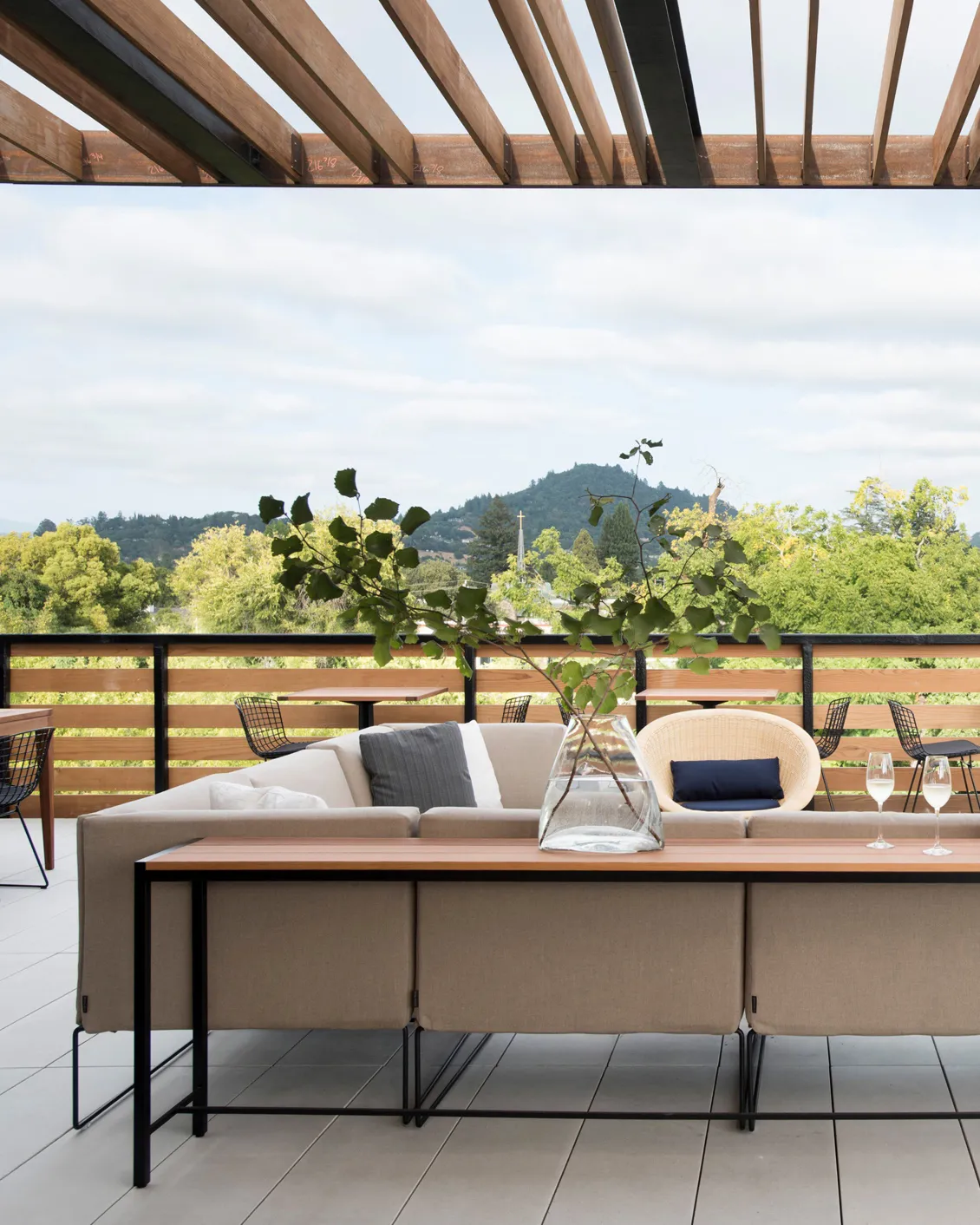
The rooftop at Harmon Hosts many events such as wine tastings and talks
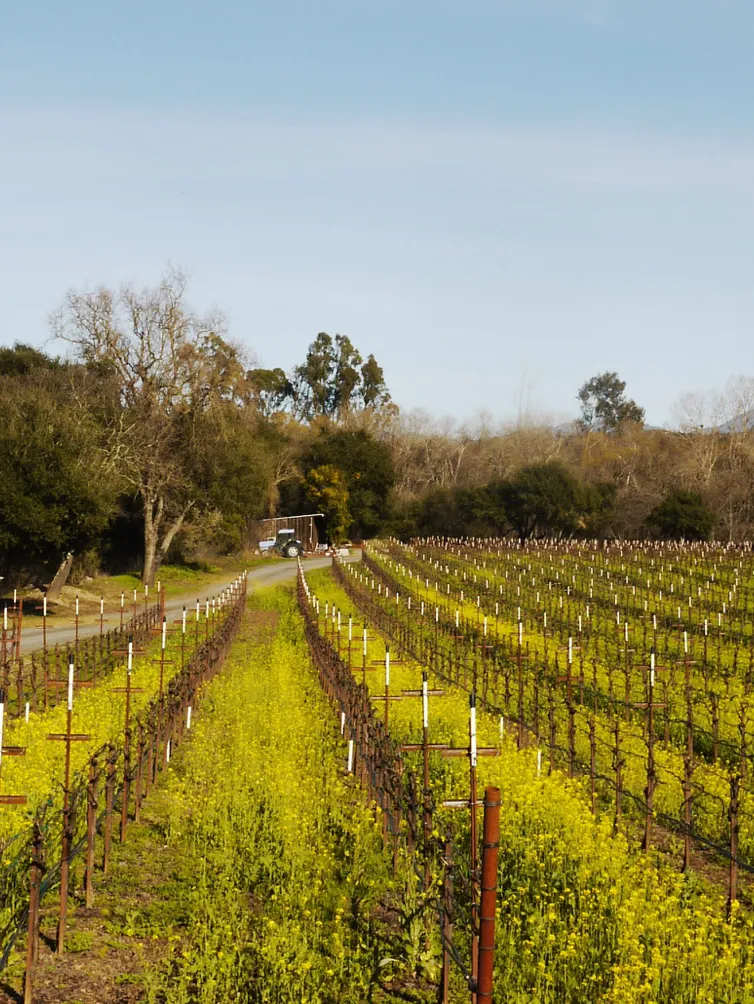
Amidst nature’s embrace Northern Sonoma Wine Country
Burgundy, France
Burgundy is the epitome of terroir—a tapestry of towns and villages with their regional Grand Crus, Premier Crus, and village vineyards. Although Bordeaux produces about four times as much wine every year, Burgundy’s estimated 30,000 hectares of vineyards are of equal prominence, producing some of the most exclusive wines on the planet. Burgundy wines come from several distinct subregions, each with its own character
Located between the vineyards of Chablis and the regional capital Auxerre with its historic city center, Château de la Resle is the ideal spot to taste some of the high-quality wines the region has to offer. There’s Chablis, of course, but there are also other options, such as Pinot wines in Irancy, Sauvignon Blanc in Saint Bris as well as excellent organic and bio-dynamic wines. Spend a day exploring some of the hotel’s favorite vineyards in this beautiful part of France.
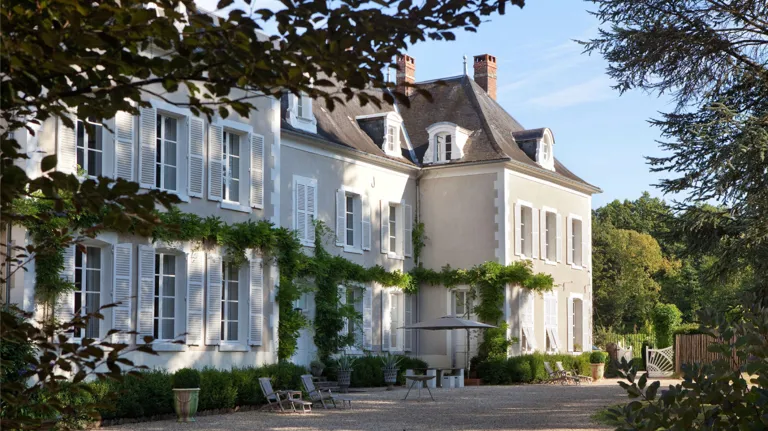
Château de la Resle A centuries-old château in France’s Chablis wine region
Johan Bouman, Original behind Château de la Resle
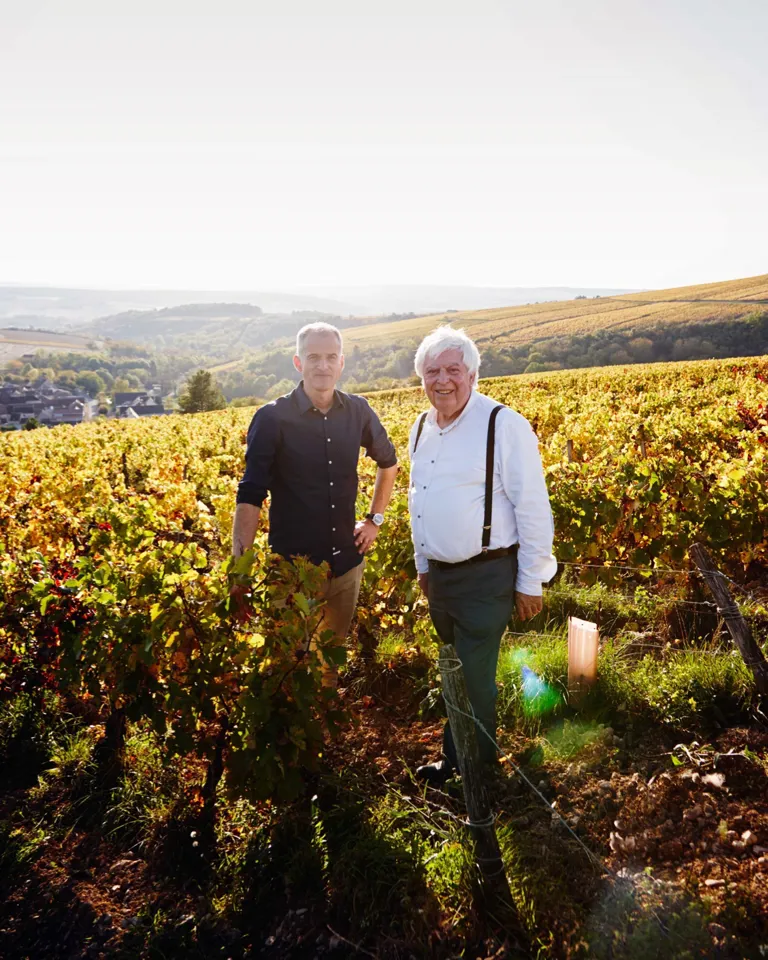
Johan Bouman Produces his own wine for the hotel

Old and new Contemporary art and design blend seamlessly in 17th-century interiors